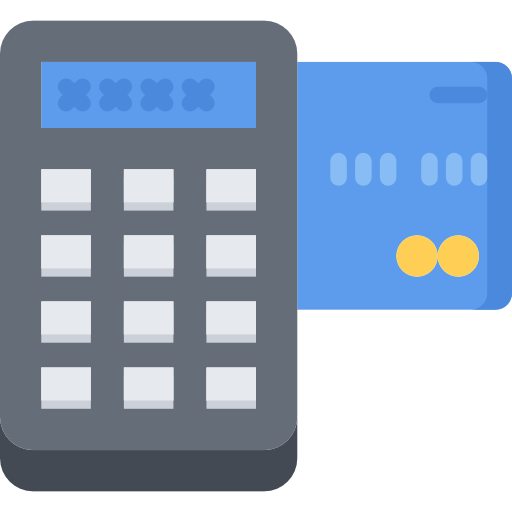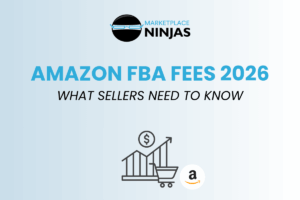Making the transition from Amazon Vendor Central to Seller Central can be tricky.
While not without its disadvantages, Vendor Central does allow you the manufacturer/distributor a relatively simple model to operate within. The very general steps are as follows:
Step One
Load Products into your Vendor Central account
Step Two
Fill Amazon’s purchase orders
Step Three
Bill Amazon and try to limit chargebacks
When working in Seller Central, it is a completely different ballgame.
This primarily comes from the fact that you the manufacturer / distributor maintain ownership of your inventory until Amazon’s customers buy your products instead of selling directly to Amazon and allowing them to resell your products to their customers. It’s important to understand how this change impacts your Amazon strategy and to be aware of the potential issues this may create.
Over the years we have helped hundreds of clients make this transition and, while each client is different, there are certain issues that come up time and again. This is even more apparent when a client decides to utilize “Fulfilled by Amazon” or FBA.
Below are the top six potential issues you could encounter when making the transition from Vendor Central to Seller Central FBA.
What To Watch Out For

Sales Reconciliation
When dealing with Vendor Central, you may receive anywhere from a few to a few dozen purchase orders each week. With Seller Central, you may have to account for dozens if hundreds of orders each day. This can significantly increase the complexity and requirements of your accounting software. Depending upon how you want to track orders you might consider investing in software that automatically downloads individual Amazon orders such as T-Hub or Webgility.

FBA Inventory Reconciliation
Amazon’s inventory receipt and processing can be considered adequate at best. It is extremely common for Amazon to show having received extra units, not enough units, or entirely different items then what was sent as part of your shipment. Unlike Vendor Central where Amazon notifies vendors of “lost items” through possible chargebacks, with Seller Central it is the responsibility of the seller to manage and track incorrectly received shipments.

Returns
Amazon has an extremely liberal returns policy with 3rd party sellers, especially those utilizing FBA. Often sellers experience a significantly higher than normal return rate. Amazon’s inventory removal process can be difficult to track and it’s not uncommon for Amazon to send product back to sellers that isn’t even theirs. Also, it’s critical to understand that the FBA program uses internal screeners that decide if your returned product is “new” or “used”. Meaning it’s possible for Amazon to ship a customer a used product when they believe they are purchasing a new one.

Nexus
Sales tax nexus is roughly defined as “the level of connection between a taxing jurisdiction such as a state and an entity such as your business”. Without going into great detail, this means you may be responsible for filing sales tax on an individual state by state level each month depending on where your inventory is located. Luckily enough there are software options that facilitate this process such as Avalara and TaxJar.

Profitability / Fulfillment Costs
This may end up being a double-edged sword depending upon the retail price and physical dimensions of your products. At the time of publishing, the minimum charge for fulfilling an order is $2.41 + commission + storage fees. The rate jumps to $3.68 if the item weighs more than 10oz. It can quickly become financially unsustainable to sell low cost or very large items. Conversely, manufacturers/distributors can see a significant increase in the per-unit profitability for higher priced, smaller sized items.

Product Content Quality / Control
Amazon’s product content display is a hierarchy-based system, meaning the content which appears on Amazon’s product detail pages is not always in your control. Even after enrolling in Amazon’s brand registry program sellers often find the content they have submitted has been overwritten by other 3rd party sellers or content submitted through Vendor Central and can be difficult to correct.
The Bright Side
Keeping all of that in mind, Seller Central can be a great experience and there are solutions to all of the above-mentioned possible issues. Many Vendors have made the transition and have never looked back. The most important thing is to be fully aware of the potential issues and create a strategy that works for you. For more information or for help making the transition, contact us below.





